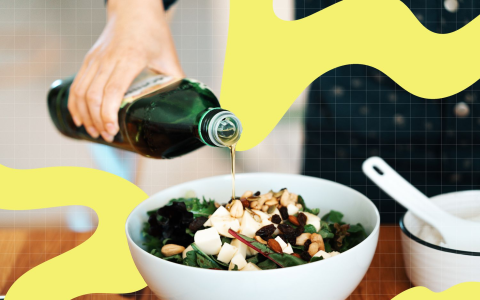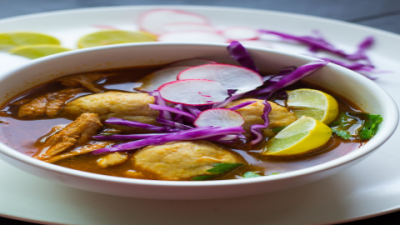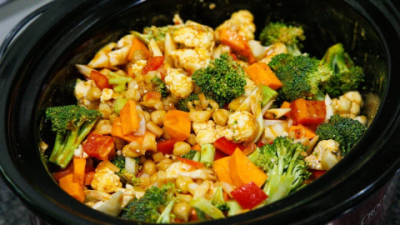So, you’re wondering if it’s okay to mix vegetable oil and olive oil? You’re definitely not alone. It’s one of those kitchen questions that pop up all the time, especially when you want to get the best out of your cooking — flavor-wise and health-wise. Honestly, I’ve been there, staring at my pantry, wondering if blending these two oils is a good idea or just a recipe for disaster. Spoiler alert: it’s actually pretty smart, but there’s a bit more to it than just pouring them together.
Let’s start with the basics. Vegetable oil is kind of like the “jack of all trades” in the cooking world. It’s usually made from a mix of plants like soybeans, corn, or sunflower seeds. Because it’s refined quite a bit, it ends up with a neutral taste and a pretty high smoke point, which means it can handle the heat when you’re frying or baking without breaking down. Olive oil, on the other hand, especially the extra virgin kind, is a whole different beast. It’s pressed from olives and has this lovely fruity or peppery flavor that can really elevate a dish. Plus, it’s packed with good fats and antioxidants, which makes it a favorite for people who care about heart health.
Now, can you mix them? Absolutely. And there are actually some good reasons to do it. For one, olive oil’s flavor can be a bit strong for some dishes, and vegetable oil’s neutrality helps tone it down. If you’ve ever made a salad dressing or marinade and thought the olive oil was too punchy, mixing in some vegetable oil can mellow things out nicely. Also, olive oil’s smoke point is a bit lower than many vegetable oils, so blending them can help you cook at higher temperatures without worrying about burning the oil or creating harmful compounds.
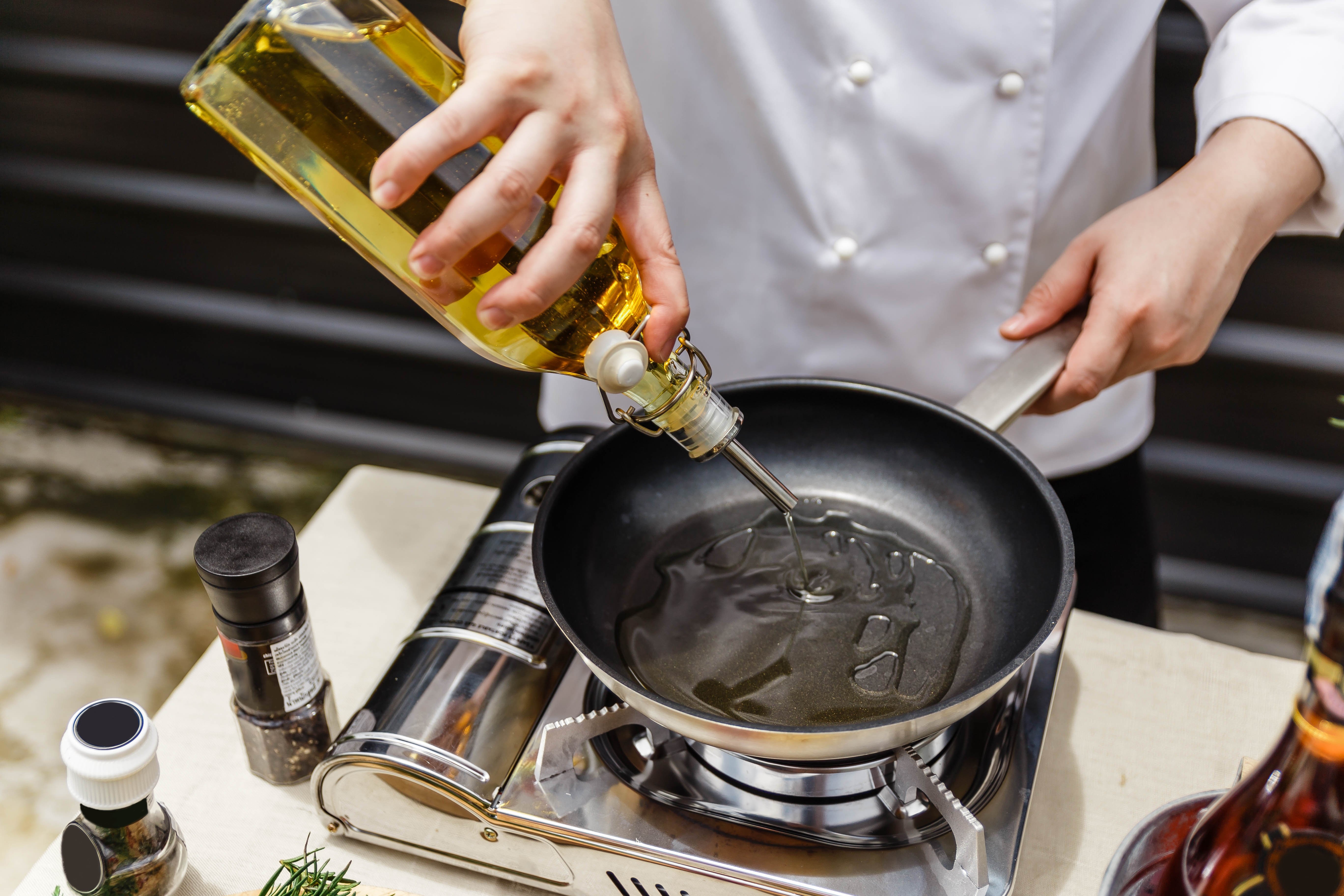
But it’s not just about cooking convenience. Mixing oils can also balance out the nutritional aspects. Olive oil is rich in monounsaturated fats, which are great for your heart, but vegetable oil tends to have more polyunsaturated fats. When combined, you get a blend that offers a broader range of fatty acids, which can be a good thing. Some studies even suggest that using blended oils can improve cholesterol levels and reduce inflammation better than sticking to just one type.
That said, the quality of the oils you use matters a lot. If you’re mixing a high-quality extra virgin olive oil with a cheap, heavily processed vegetable oil, you might lose some of the health benefits. So, try to pick the best you can find, especially for the olive oil part.
When it comes to cooking, the ratio of your blend depends on what you’re making. For sautéing, a 50/ mix works well — you get some olive oil flavor without risking burning it. For deep frying, you might want to lean more towards vegetable oil, like 70% vegetable to 30% olive, to keep things stable at high heat. And for baking or salad dressings, more olive oil usually means better flavor and health perks.
Here’s a quick table I find handy for reference:
| Use Case | Olive Oil % | Vegetable Oil % | Notes |
|---|---|---|---|
| Sautéing | 50 | 50 | Balanced flavor and heat tolerance |
| Deep Frying | 30 | 70 | Higher smoke point, mild olive flavor |
| Salad Dressings | 80 | 20 | Rich flavor, max health benefits |
| Baking | 40 | 60 | Moisture and subtle olive taste |
One thing I always tell friends is to mix the oils before cooking, not just pour them separately into the pan. That way, the flavors and properties blend evenly. Also, store your mixture in a cool, dark place — oils hate light and heat, they go rancid fast otherwise. And try to use your blend within a couple of months for the best taste and nutrition.
Now let’s tackle some common questions that come up:
Is mixing olive oil and vegetable oil safe?
Yes, totally safe. There’s no weird chemical reaction or anything. In fact, many commercial oils you buy are blends already.
Does mixing change the nutritional value?
It does, in a good way. You get a mix of the fats and antioxidants from both oils, which can be beneficial for your heart and overall health.
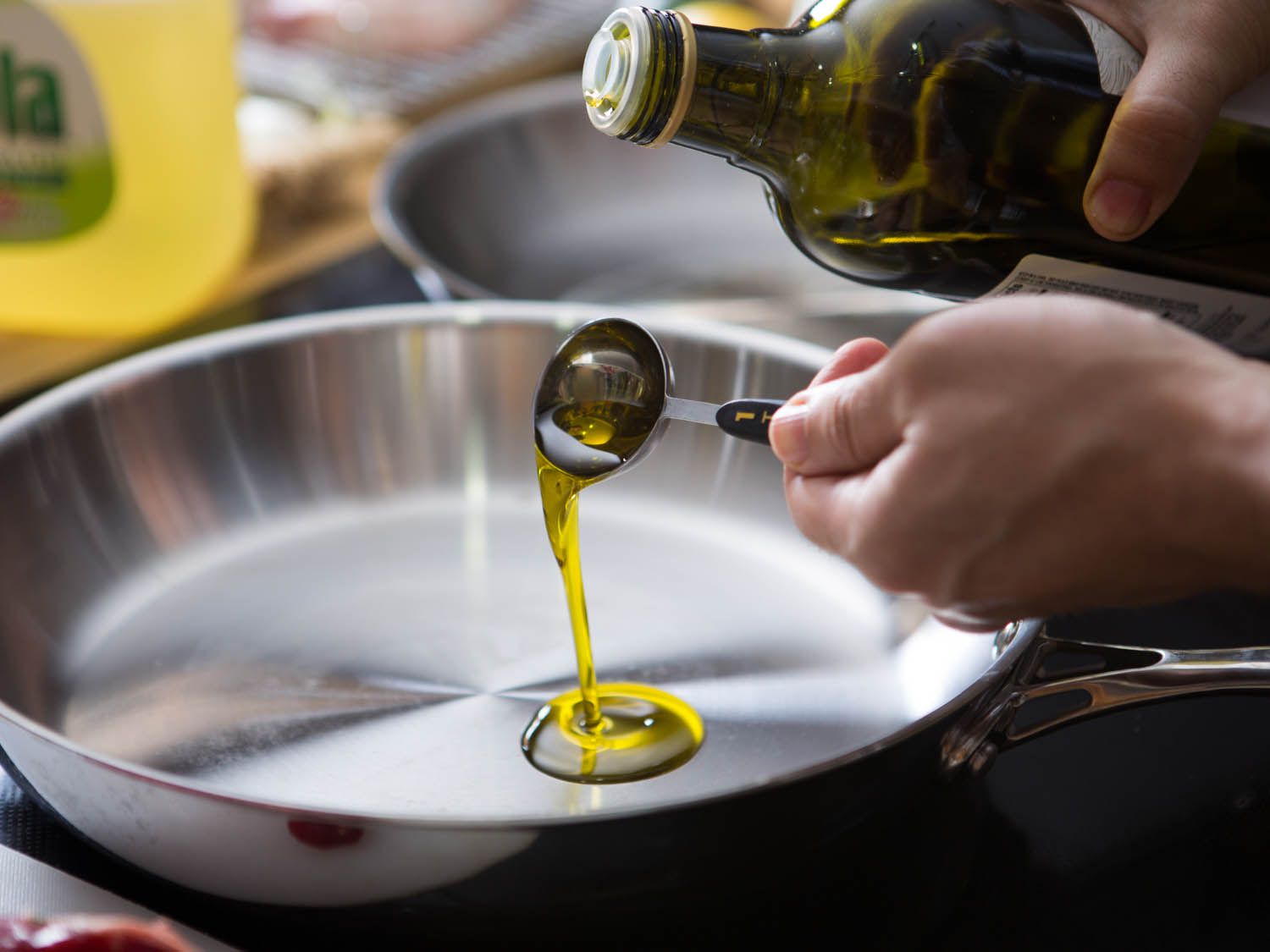
Can I use the blend for frying?
Definitely. It actually helps because the vegetable oil raises the smoke point, so you can fry at higher temps without burning the olive oil.
Will the flavor be weird?
Not really, but it depends on your ratio. More olive oil means more flavor, more vegetable oil means milder taste. You can experiment to find your sweet spot.
Any oils I shouldn’t mix with olive oil?
Try to avoid mixing olive oil with very strong-flavored oils like sesame or walnut unless you want those flavors in your dish.
One thing to keep in mind is that olive oil is sensitive to heat and light, so even when mixed, you want to store your blend properly and not keep it too long. Also, if you’re frying, don’t reuse the oil blend too many times — it degrades and can form harmful compounds.
On the health front, olive oil is a superstar for its antioxidants and heart-friendly fats, but vegetable oils bring their own benefits, especially when you want a higher smoke point for cooking. Blending them gives you a bit of the best of both worlds.
To sum it up: mixing vegetable oil and olive oil is a practical, safe, and often tasty choice. It lets you customize flavor, cooking temperature, and health benefits. Just remember quality counts, and don’t be afraid to play around with the ratios until you find what works for you.
Hope this helps next time you’re staring at your oils wondering what to do! Happy cooking!

